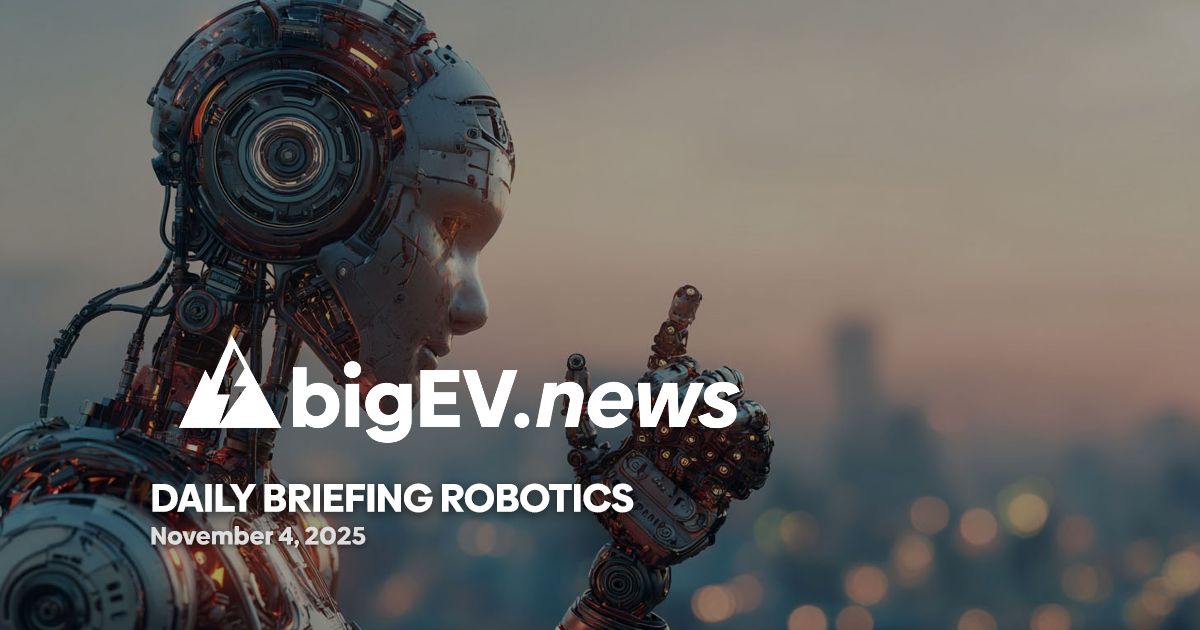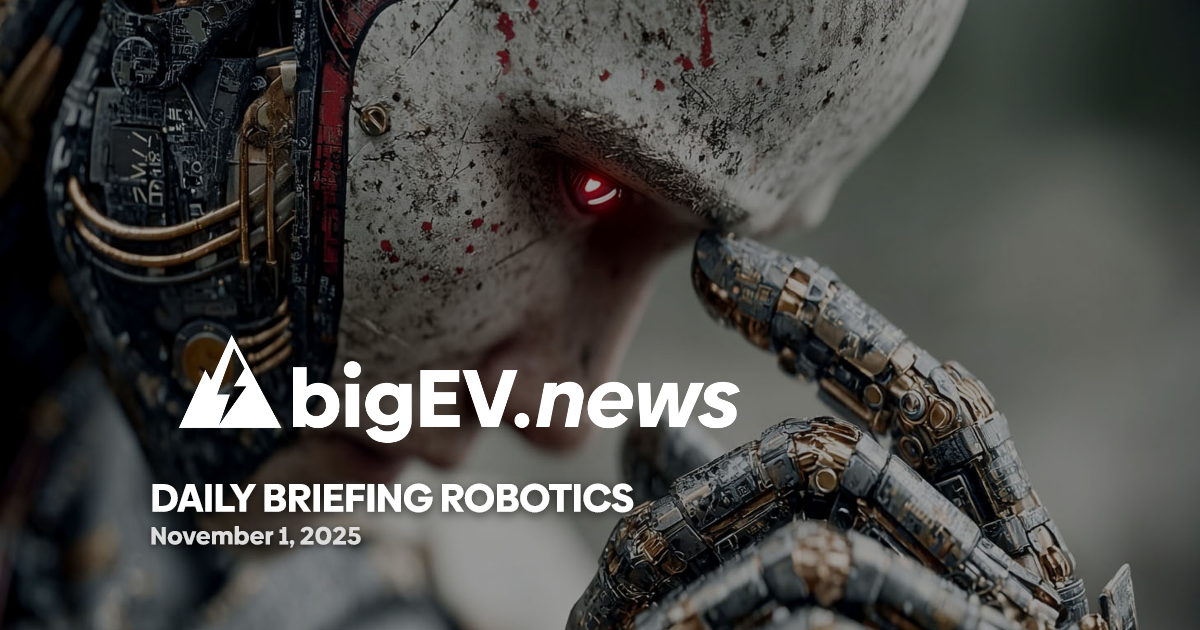AI-powered robotics platforms, collaborative automation, and next-gen sensing are transforming manufacturing, logistics, and public environments worldwide.
At a glance – The past 24 hours have seen a surge in robotics and AI-powered automation, with collaborative robots (cobots) and service robotics taking center stage in manufacturing, healthcare, and logistics. Industry analysts highlight that 2025 marks a turning point as robots move from theoretical promise to practical deployment, with billions in investment accelerating adoption. Cobots such as Standard Bots’ RO1, Universal Robots’ UR10e, and KUKA’s LBR iiwa are now widely deployed for CNC tending, palletizing, and precision assembly, offering affordable, flexible automation for businesses of all sizes. These systems are not only boosting productivity but also enabling safer human-machine collaboration, with rapid reprogramming and deployment cycles. In healthcare, robotic exoskeletons and surgical assistants are transforming rehabilitation and elderly care, while service robots are entering public environments for tasks ranging from hospital logistics to disaster response. The mainstreaming of cobots is lowering barriers for small and medium enterprises, democratizing access to advanced automation and reshaping the global workforce landscape.
Technology advance – The Automate 2025 conference in Detroit showcased a new generation of AI-powered robotics platforms that are dramatically reducing cycle times and increasing operational agility. Realtime Robotics’ Resolver platform, leveraging cloud-based AI, demonstrated the ability to optimize multi-robot workcells in hours rather than weeks, slashing welding cycle times by over 20% while maintaining safety compliance. Vision guidance innovations from Inbolt allow robots to adapt in real time to moving parts, eliminating the need for fixed stations and reducing programming overhead. Dirac’s BuildOS platform delivers interactive, model-based work instructions directly to operators, addressing knowledge transfer challenges in high-mix manufacturing. Olis Robotics introduced a mobile tool that synchronizes real-time video with system logs, enabling remote diagnostics and rapid resolution of automation cell issues. These advances signal a shift toward adaptable, operator-friendly automation that can be rapidly scaled across distributed production sites, with AI-driven vision and decision-making at the core of next-generation robotics.
Partnerships – In the global robotics landscape, major partnerships are emerging to accelerate the integration of AI and robotics in industrial and service sectors. Leading robot and chip manufacturers are investing in dedicated hardware and software for “Physical AI,” enabling robots to train in virtual environments and operate by experience rather than explicit programming. This approach, championed by several multinational alliances, aims to deliver a “ChatGPT moment” for robotics, where generative AI enables robots to learn complex tasks and adapt to unpredictable environments. Startups are collaborating with established automotive and warehousing giants to pilot humanoid robots for single-purpose tasks, such as assembly line support and logistics handling. While the economic viability of general-purpose humanoids remains under scrutiny, targeted partnerships are unlocking new applications in sectors where human-like dexterity and perception are essential. These collaborations are expected to drive rapid commercialization and set new benchmarks for autonomy and safety in robotics deployment.
Acquisitions/expansions – The industrial robotics market has reached an all-time high, with global installations valued at $16.5 billion. Recent days have seen significant acquisitions and expansion moves, particularly in the edge robotics and cloud-robotics integration space. Major players are acquiring AI vision startups to bolster their perception and navigation capabilities, enabling robots to operate reliably in dynamic, unstructured environments. In logistics, leading firms are expanding their fleets of autonomous mobile robots (AMRs) and drones, leveraging advanced navigation and sensing to optimize warehouse operations and last-mile delivery. Maritime and aerial robotics companies are scaling up deployments for environmental monitoring and disaster response, with new funding rounds supporting the rollout of autonomous vessels and UAVs equipped with advanced payloads. These investments underscore the growing demand for resilient, scalable automation solutions across critical infrastructure and supply chains.
Regulatory/policy – Regulatory bodies worldwide are accelerating efforts to establish safety, data protection, and ethical frameworks for robotics deployment. New guidelines for human-machine collaboration in public environments are being drafted, focusing on workforce impacts, liability, and operational transparency. In the US, recent policy proposals aim to incentivize the adoption of AI-powered automation in manufacturing while safeguarding jobs through reskilling initiatives. The European Union is advancing regulations on privacy and cyber-physical security for robotic systems, mandating encryption and robust data governance for autonomous vehicles and service robots. Ethical debates are intensifying around the deployment of humanoid robots and AI-driven decision-making in healthcare and public safety, with industry leaders calling for clear standards to ensure trust and accountability. These regulatory developments are shaping the pace and direction of robotics innovation, balancing economic opportunity with societal risk.
Finance/business – The financial landscape for robotics and AI automation is robust, with venture capital and strategic investors fueling rapid growth across sectors. Recent funding rounds have propelled startups specializing in edge AI, cloud robotics, and human augmentation, with several companies securing multi-million dollar investments to scale production and expand into new markets. Publicly traded robotics firms are reporting record revenues, driven by strong demand in manufacturing, logistics, and healthcare. Executive commentary from industry leaders emphasizes the importance of combining Silicon Valley’s innovation with established industrial expertise to maintain global competitiveness. Market analysts project continued double-digit growth in robotics adoption, with the convergence of AI, sensing, and cloud integration unlocking new business models and operational efficiencies. The next phase of growth will depend on the willingness of enterprises to invest in transformative automation and the ability of regulators to provide clear, forward-looking guidance.
Sources: standardbots, manufacturing-today, ifr.org, etftrends, weforum, ai-supremacy









